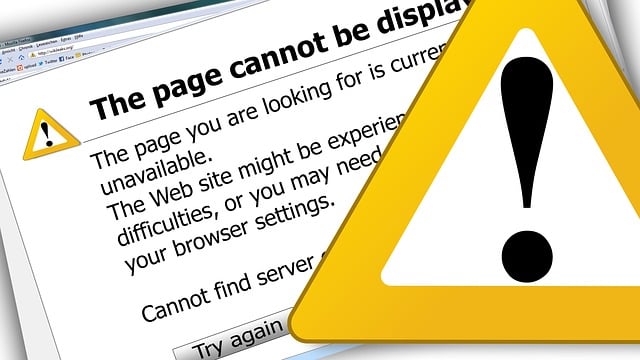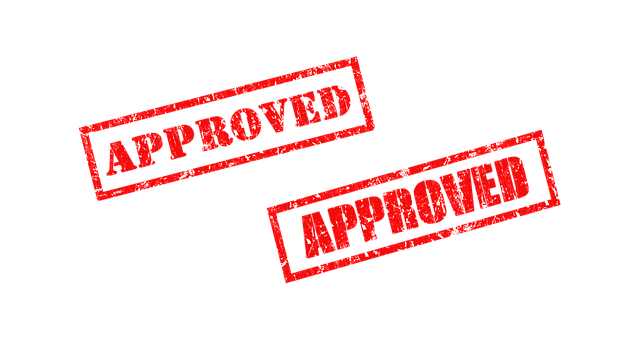Equipment financing offers significant benefits but faces challenges like approval setbacks due to cash flow issues, credit history problems, or unrealistic investment expectations. Businesses can overcome these hurdles by assessing financial health, providing transparent operational details, and submitting prompt documentation. Key strategies include preparing financial records, building strong credit profiles, implementing robust underwriting practices, maintaining open communication, regularly reviewing business plans, and adjusting financing terms based on market dynamics. Case studies highlight the importance of meticulous planning and flexible strategies to prevent project delays. Mitigating risk through due diligence, contingency plans, and open communication channels fosters long-term sustainability for both the loan and the borrower's operations.
In the dynamic landscape of equipment financing, understanding potential pitfalls and implementing best practices is crucial for smooth operations. This article guides you through the complexities of equipment financing, focusing on key areas like navigating approval setbacks, adopting successful strategies, and learning from real-world case studies. By exploring these aspects, businesses can mitigate risks and achieve sustainable growth in their equipment financing endeavors.
- Understanding Equipment Financing Pitfalls
- Navigating Approval Setbacks
- Best Practices for Smooth Operations
- Case Studies: Lessons Learned
- Strategies for Risk Mitigation and Success
Understanding Equipment Financing Pitfalls

Equipment financing, while offering numerous benefits for businesses, is not without its challenges. One of the primary pitfalls to be aware of are approval setbacks. These can arise from various factors such as insufficient cash flow, poor credit history, or unrealistic expectations about the equipment’s return on investment. When seeking equipment financing, it’s crucial to have a clear understanding of your business’s financial health and future projections, ensuring they align with the requirements of potential lenders.
Additionally, being transparent about operational details and having a solid plan for asset utilization and maintenance can mitigate approval risks. Businesses should also be prepared for potential documentation requirements and timely submission of applications, as delays in these processes may lead to extended waiting times for financing approval. Understanding these pitfalls allows businesses to approach equipment financing with a strategic mindset, increasing their chances of securing the necessary funds smoothly.
Navigating Approval Setbacks

Navigating Approval Setbacks in Equipment Financing
Equipment financing, while offering significant benefits for businesses, can be fraught with challenges, particularly when it comes to approval setbacks. These delays often arise from complex financial assessments, rigorous compliance checks, and varied internal approvers within the lender or lessor. Understanding the root causes of these setbacks is the first step towards overcoming them. Common factors include insufficient collateral, unpredictable cash flow projections, and a lack of clear business objectives—all of which can be addressed through proactive measures.
Businesses seeking financing should begin by meticulously preparing their financial records and building strong credit profiles. Transparent and detailed financial disclosures can expedite the approval process as lenders can more confidently assess risk. Additionally, solidifying partnerships with reliable equipment suppliers or leasing companies that have established relationships with financiers can smoothen the way. Regularly reviewing and improving business plans, financial statements, and cash flow forecasts ensures that applications are robust when submitted, minimizing potential delays caused by approval setbacks.
Best Practices for Smooth Operations

To ensure smooth operations in equipment financing, it’s crucial to implement best practices that mitigate potential pitfalls. One key practice is establishing a robust underwriting process. This involves thorough evaluation of borrower creditworthiness and business financial health. By conducting comprehensive due diligence, lenders can minimize approval setbacks and reduce the risk of default.
Additionally, maintaining open lines of communication between all stakeholders—lenders, borrowers, and equipment suppliers—is essential. Transparent dialogue facilitates prompt issue resolution and helps prevent misunderstandings that could lead to delays or defaults. Regularly reviewing and adjusting financing terms based on market conditions and borrower performance further ensures flexibility and minimizes surprises, contributing to a seamless financing experience.
Case Studies: Lessons Learned

In the realm of equipment financing, case studies serve as powerful tools for understanding both pitfalls and best practices. By examining real-world scenarios, businesses can avoid common mistakes and navigate the process more effectively. One such lesson is the importance of managing approval setbacks. Delve into instances where ambitious projects faced delays due to financing approvals, highlighting the critical need for thorough planning and communication. These case studies underscore the value of maintaining open lines with lenders and ensuring all required documentation is in order, as even minor hiccups can significantly impact project timelines.
Additionally, these narratives often reveal the benefits of flexible financing solutions. Some companies have successfully navigated approval setbacks by opting for adaptable leasing terms or exploring alternative funding sources. Such approaches not only provide breathing room but also offer opportunities to optimize equipment choices based on evolving business needs, ultimately fostering a more resilient and responsive operational strategy.
Strategies for Risk Mitigation and Success

Mitigating risk is a cornerstone of successful equipment financing. One key strategy involves thorough due diligence on both the borrower and the intended use of the equipment. Lenders should carefully evaluate financial statements, credit history, and the operational plan for the equipment to ensure alignment with their investment goals. Additionally, understanding potential approval setbacks and having contingency plans in place is vital. These might include flexible financing terms, alternative collateral options, or partnerships with reliable service providers to navigate unforeseen challenges during deployment or maintenance.
By implementing robust risk management practices, lenders can maximize their chances of successful outcomes while minimizing exposure to losses. Equally important, maintaining open communication channels with borrowers fosters transparency and enables early identification of potential issues. This proactive approach ensures a smoother financing journey, ultimately contributing to the long-term sustainability of both the loan and the borrower’s operations.






